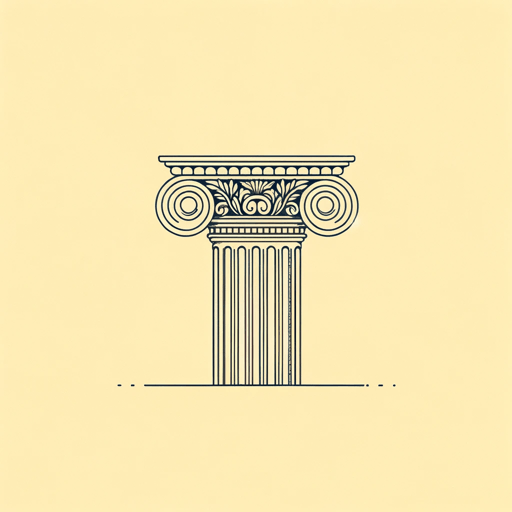42 pages • 1 hour read
John RuskinThe Stones of Venice
Nonfiction | Book | AdultA modern alternative to SparkNotes and CliffsNotes, SuperSummary offers high-quality Study Guides with detailed chapter summaries and analysis of major themes, characters, and more.
Book 2, Part 1Chapter Summaries & Analyses
Book 2, Part 1: “The Byzantine Period”
Book 2, Part 1, Chapter 1 Summary: “The Throne”
This chapter takes off from the poetic evocation of the landscape and waters approaching Venice begun in the last chapter of Book 1. Ruskin begins to suggest some of the key historical themes surrounding his treatment of Venice: that the city was founded amidst political strife and suffering, that its beauty is fragile and transient, and that it is subject to decay prompted by the passage of time. Ruskin insists that we look at Venice not through a romanticized or nostalgic lens, but in its cold, hard, historical reality.
In the last part of the chapter, Ruskin begins to describe the centuries-long geological process that led a belt of sedimentary deposits to form the cluster of islands that now form Venice. He also suggests the role that the water tides play in the city’s life and visual topography. The tides have both protected Venice from rival cities and, because they were not so high as to require heavy protection for the Venetians themselves, have allowed the city to foster a refined culture of art and architecture.
Book 2, Part 1, Chapter 2 Summary: “Torcello”
Torcello is an island on the Venetian lagoon, seven miles to the north of Venice, that was the first part of the area to be settled, in the 5th century C.

